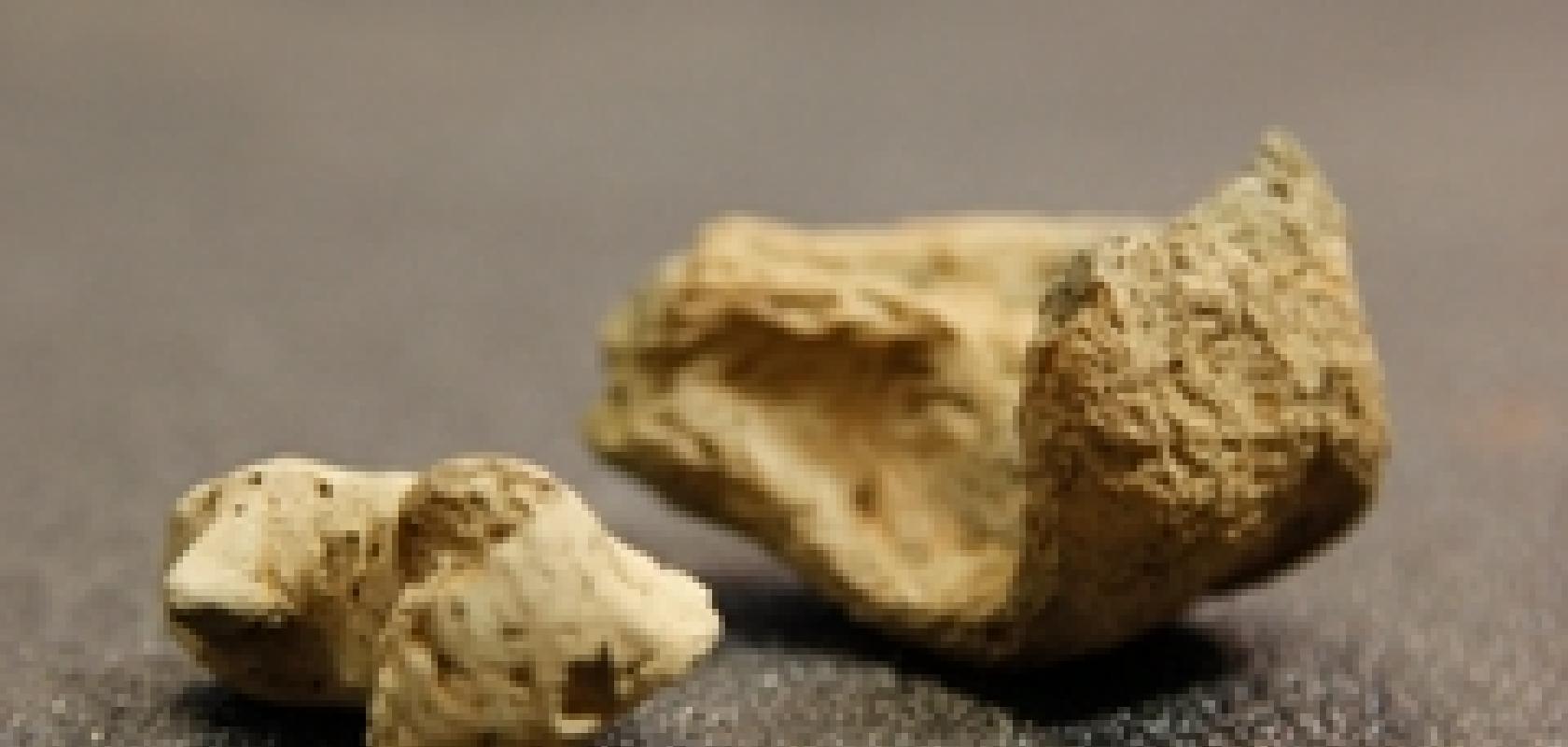Hyperspectral imaging has been used to examine 5,500-year-old clay figurines found at community excavations in Vantaa, Finland. The imaging technique was used to analyse the chemical composition of the clay, revealing that the clay in the figurines was similar to clay on the ground at the excavation site.
Archaeologists are turning to various forms of imaging, including laser scanning, to map archaeological sites. Tunnels, monuments and tombs at El Zota, a Mesoamerican site of the pre-Columbian Maya civilisation, located in San Jose, Guatemala, have been mapped with 3D laser scanning and lidar, and digital mapping has revealed previously unknown areas of interest around the site of Stonehenge, a monument of standing stones in Wiltshire, England.
The archaeologists in Finland used hyperspectral imaging to test a theory that the bigger of the two figurines would have been used as an oil lamp. However, spectral signatures of seal blubber, which is still used in oil lamps by indigenous peoples inhabiting the Arctic regions, were absent from the spectral profile of the figurine. There were also no traces of other organic materials such as blood on either of the figurines. However, the absence of the traces does not mean that they were not used; the organic matter may have disintegrated over time.
The conclusions were made by comparing spectral profiles of figurines and reference samples. The figurines were scanned with a hyperspectral camera from Specim. ‘It was interesting to notice that the method is suitable for the analysis of archaeological finds,’ said archaeologist Jan Fast, who brought the figurines to be scanned at Specim in Oulu, Finland. ‘The analysis of the spectral profiles gave rise to several new questions regarding contacts in the Baltic Sea region during the Neolithic, the manufacturing techniques of the figurines, as well as their ritual use.’
Related articles:
- Nottingham Trent helps paint picture of Chinese-European history
- Lidar used to unveil El Zota, an ancient Mesoamerican site
- Mysteries of Stonehenge revealed by laser mapping
Further information:


